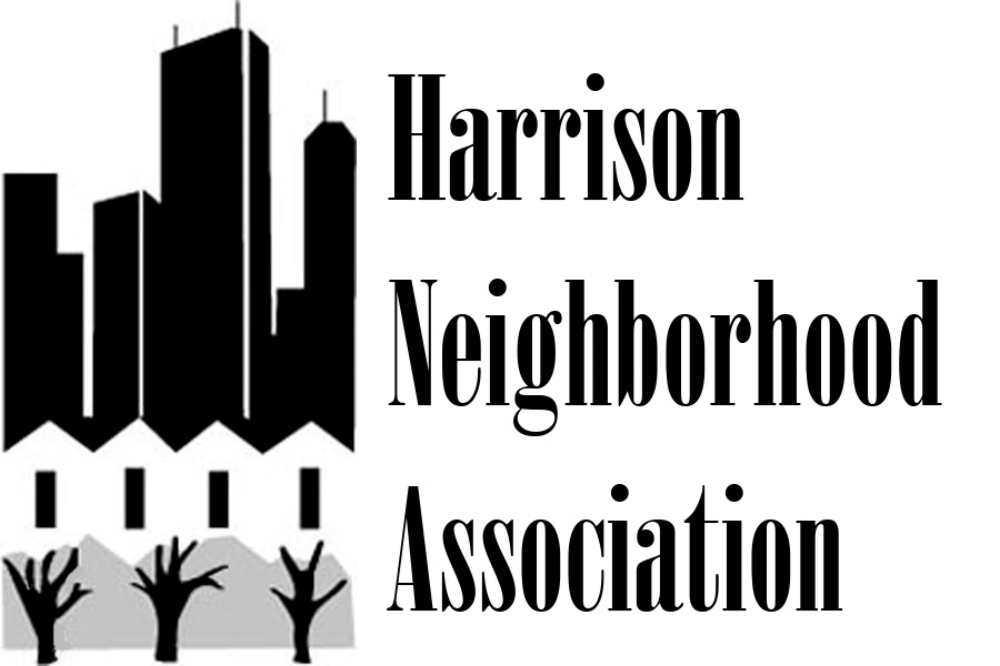A Rich Community on the Frontlines of Greatness
Harrison has a strong cultural fabric, woven from a history of Jewish residents met with segregation and prejudice. As discrimination against Jewish residents diminished post-WWII, these residents were able to move to more desirable neighborhoods of Minneapolis. Restrictive housing practices, rooted in Racism, in the 1950s led people of color to settle in Harrison and the other neighborhoods of North Minneapolis. Although private sectors had much to do with the segregation of African-Americans, there is evidence that the public sector also had part to do with it. In 1935, the city of Minneapolis created a map that labeled Harrison as a “Negro Slum”. This was a decade before the majority of African-Americans moved to the area. After the Vietnam War, there were increasing numbers of Hmong and Lao immigrants that settled in Harrison neighborhood in the 1980’s and 1990’s. More recently there has been an increasing number of Somali and Latino immigrants and refugees that have moved to the neighborhood.
Along with the history of oppressed people in Harrison, is the history of undesirable development in the neighborhood. Beginning in the 1920s, the Warden Oil Company began recycling and refining oil in the neighborhood. The business closed in 1992, but subsequent evaluation of the site showed heavy soil and water contamination. Concerns about the health effects of the pollution have been raised, but the state determined there is no public health risk because the site was fenced off and the water was not used for drinking. In the 1950s, the Chemical Marketing Corporation built its headquarters in Harrison. The company moved its operations in 1997, but investigations of the Harrison site also revealed high levels of soil and groundwater pollution. In fact, pollution on these two industrial sites was so severe that they were later designated for the U.S. Environmental Protection Agency’s Superfund program, which targets the nation’s most polluted hazardous waste sites for clean up and remediation.
More than 60 years later, the neighborhood’s population still reflects the effects of those practices.

